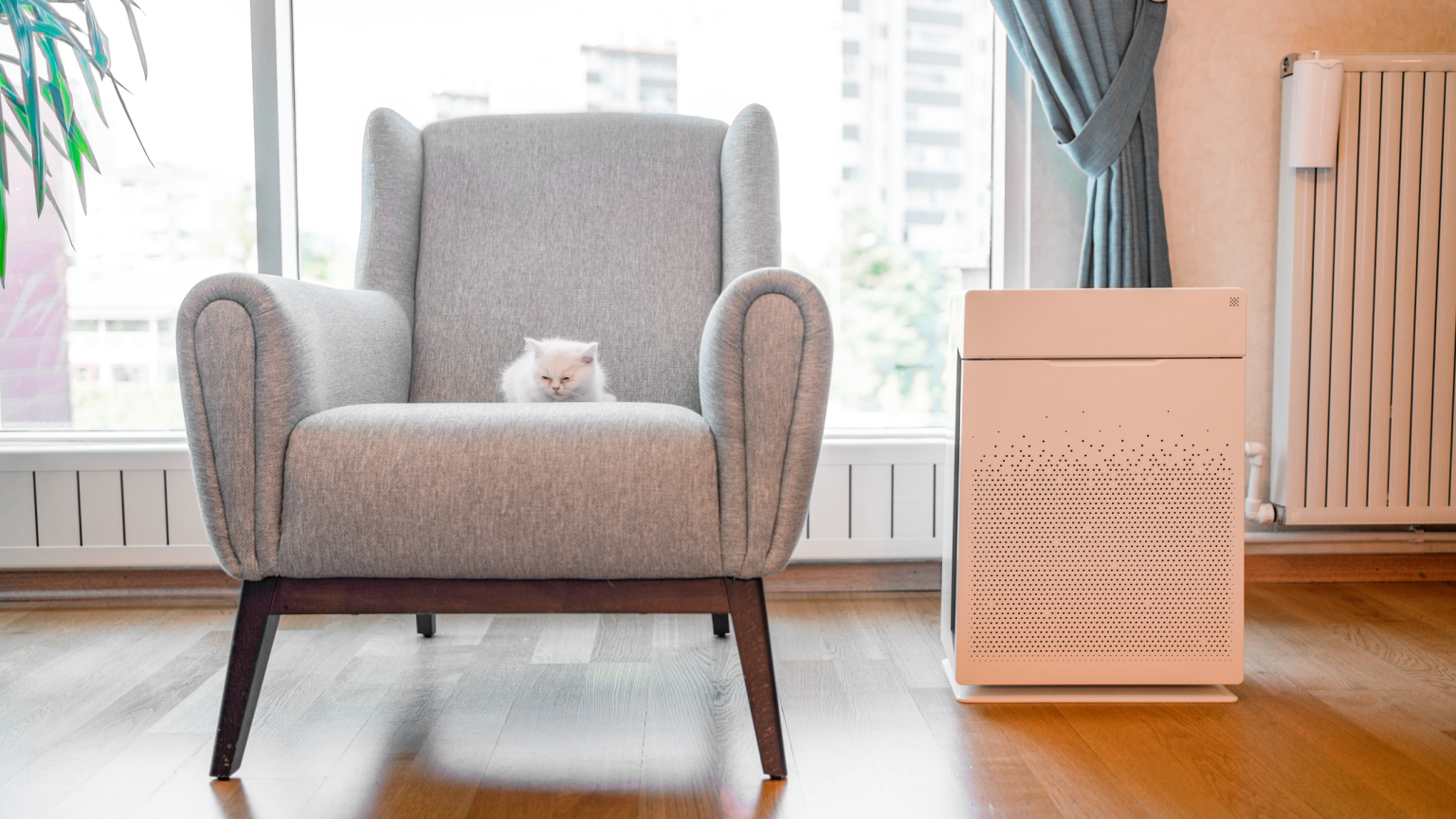Poor indoor air quality poses a significant health risk in modern life. Pollutants from various sources, both indoor and outdoor, can infiltrate our homes and compromise the air we breathe. External pollutants like carbon monoxide and particulate matter from traffic and wildfires can seep indoors, while internal sources such as pet dander, mold, volatile organic compounds (VOCs) from household products, and environmental tobacco smoke contribute to the problem. This toxic cocktail of airborne contaminants can lead to a range of health issues, from minor irritations like headaches, dizziness, and throat irritation to more severe long-term consequences. Recognizing the symptoms of poor indoor air quality is the first step towards mitigating its effects.
Fortunately, several solutions exist to improve indoor air quality and safeguard our health. Air purifiers are a crucial investment, employing HEPA filters to trap dust, pollen, pet dander, and other airborne particles. Models like the AirDoctor and Coway AirMega offer advanced filtration technology, removing even microscopic particles and neutralizing odors. Air quality monitors, such as the IQAir and SwitchBot Meter Pro, provide real-time data on pollutant levels, enabling informed decisions about ventilation and purification strategies. This data can highlight pollution hotspots and fluctuations, allowing for targeted interventions. Identifying and addressing the source of pollutants, whether it’s a dusty carpet, a moldy corner, or VOC-emitting furniture, is essential for long-term improvement.
Controlling humidity levels is another critical aspect of indoor air quality management. Dehumidifiers, like the Frigidaire and Humsure models, effectively remove excess moisture from the air, preventing the growth of mold and mildew, common triggers for allergies and respiratory problems. Conversely, during dry winter months, humidifiers add moisture to the air, alleviating dryness and reducing the potential for airborne irritants. Levoit offers both warm and cool mist humidifiers with advanced features like app control and essential oil diffusion. Finding the right balance of humidity is crucial for overall comfort and well-being.
Ventilation plays a significant role in maintaining healthy indoor air. Installing or upgrading bathroom and kitchen exhaust fans can significantly reduce humidity, odors, and airborne pollutants. The Broan-NuTone exhaust fan provides a simple solution for smaller spaces, while range hoods with advanced features offer powerful ventilation for kitchens. Even a portable air hood can make a difference in removing cooking fumes and pollutants. Regularly opening windows, especially during milder weather, allows for natural ventilation and a refreshing exchange of indoor and outdoor air. Ensuring adequate airflow throughout the home can significantly dilute the concentration of indoor pollutants.
Beyond technological solutions, natural air purifiers like houseplants offer a simple and aesthetically pleasing way to enhance indoor air quality. NASA research has shown that certain plants, such as spider plants and snake plants, are particularly effective at filtering common indoor air pollutants like formaldehyde, xylene, and toluene. These low-maintenance plants not only improve air quality but also add a touch of greenery to the home environment. Incorporating a variety of air-purifying plants throughout the house can contribute to a healthier and more vibrant living space.
Finally, choosing non-toxic cleaning products is crucial for minimizing indoor air pollution. Conventional cleaners often contain harsh chemicals like ammonia, chlorine, and phthalates, which can release VOCs and irritate the respiratory system. Switching to natural, plant-based cleaners, such as Dr. Bronner’s all-purpose cleaner, reduces exposure to harmful chemicals and improves indoor air quality. By carefully selecting cleaning products and adopting environmentally friendly cleaning practices, we can create a healthier and safer indoor environment for ourselves and our families. Maintaining a clean and organized home further reduces the potential for dust and allergen buildup.
In conclusion, improving indoor air quality requires a multifaceted approach, combining technological solutions with mindful lifestyle choices. By investing in air purifiers, monitors, dehumidifiers, and humidifiers, we can effectively control and mitigate indoor pollutants. Prioritizing proper ventilation, incorporating air-purifying plants, and choosing non-toxic cleaning products complements these technological interventions. Regularly assessing and addressing potential sources of indoor air pollution, such as mold, pet dander, and VOC-emitting materials, is essential for maintaining a healthy and comfortable living environment. Taking proactive steps to improve indoor air quality safeguards our health and contributes to a more pleasant and productive living space.

